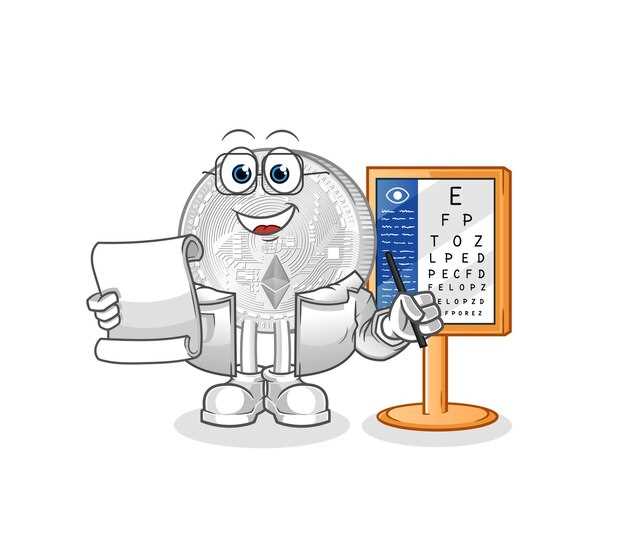
Are you interested in learning more about Mirtazapine and its effects on the human body? Look no further! Our comprehensive drug study on Scribd covers everything you need to know about this medication.
What is Mirtazapine? Mirtazapine is a prescription medication used to treat depression and other mood disorders. It works by restoring the balance of certain natural substances in the brain.
Discover the benefits and risks of Mirtazapine with our detailed drug study on Scribd. Get informed and make educated decisions about your health today!
Scope of Study
The scope of this study on Mirtazapine drug aims to comprehensively evaluate the efficacy and safety of Mirtazapine in treating depression, anxiety disorders, and other related psychiatric conditions. The study will assess the drug’s impact on symptoms improvement, side effects, and patient satisfaction levels. Furthermore, the research will explore the potential benefits of Mirtazapine compared to other commonly prescribed antidepressants. The scope includes a review of relevant literature, clinical trials, and real-world data to provide a comprehensive overview of Mirtazapine’s therapeutic profile.
Background

Mirtazapine is a tetracyclic antidepressant that is primarily used to treat major depressive disorder. It works by increasing the levels of certain chemicals in the brain, such as serotonin and norepinephrine, which are associated with mood regulation. Mirtazapine is known for its relatively fast onset of action compared to other antidepressants, making it a popular choice for patients experiencing severe depressive symptoms.
Approved by the FDA in 1996, Mirtazapine has since become a widely prescribed medication for a variety of mood disorders. It is considered to be well-tolerated and has a lower risk of causing certain side effects commonly associated with other antidepressants, such as sexual dysfunction and weight gain. Its efficacy and safety profile have been extensively studied in numerous clinical trials, leading to its widespread use in clinical practice.
Background
Mirtazapine is a medication commonly used to treat depression. It belongs to the class of drugs known as tetracyclic antidepressants. Mirtazapine works by increasing the levels of certain neurotransmitters in the brain, such as serotonin and norepinephrine, which are believed to play a role in regulating mood.
Approved by the FDA in 1996, mirtazapine has since become a widely prescribed antidepressant due to its effectiveness and relatively low incidence of side effects compared to other medications in its class. It is often prescribed to individuals who have not responded well to other antidepressants or who experience significant side effects from other medications.
- Mirtazapine is also sometimes used off-label to help with sleep disturbances, anxiety, and other mood disorders.
- It comes in tablet form and is typically taken once daily, usually at bedtime due to its sedative effects.
- Like all medications, mirtazapine may cause side effects, so it is important to discuss any concerns with your healthcare provider.
History of Mirtazapine
Mirtazapine, a tetracyclic antidepressant, was first synthesized in the 1980s by the pharmaceutical company Organon. It was developed as a novel antidepressant with a different mechanism of action compared to existing medications at the time.
The drug was officially approved for medical use in the United States in 1996 and has since become widely prescribed for the treatment of major depressive disorder. Mirtazapine works by increasing the levels of serotonin and norepinephrine in the brain, which helps to improve mood and alleviate symptoms of depression.
Over the years, mirtazapine has gained popularity among healthcare professionals and patients due to its effectiveness and tolerability. It is considered a first-line treatment option for depression and is often preferred for individuals who do not respond to other antidepressants or experience intolerable side effects.
Research continues to explore the potential benefits of mirtazapine in treating other conditions, such as anxiety disorders and sleep disorders. Its unique pharmacological profile sets it apart from other antidepressants, making it a valuable addition to the arsenal of medications available for mental health treatment.
Pharmacological Properties
Mirtazapine is a tetracyclic antidepressant drug that exerts its pharmacological effects through multiple mechanisms. It primarily acts as an antagonist at central alpha-2 adrenergic autoreceptors and heteroreceptors, leading to increased release of norepinephrine and serotonin in the brain.
The drug also antagonizes serotonin 5-HT2 and 5-HT3 receptors, which may contribute to its anxiolytic and antiemetic properties. Additionally, mirtazapine acts as an antagonist at histamine H1 receptors, leading to sedative effects that can be beneficial for patients experiencing insomnia or agitation.
Mechanism of Action
By modulating the release of norepinephrine and serotonin, mirtazapine helps restore neurotransmitter balance in individuals with depression. This dual-action mechanism sets it apart from many other antidepressants, making it a valuable option for patients who do not respond to traditional selective serotonin reuptake inhibitors (SSRIs).
Therapeutic Benefits
Due to its unique pharmacological profile, mirtazapine is not only effective in treating major depressive disorder but has also demonstrated efficacy in managing anxiety, insomnia, and certain types of pain. Its sedative properties can be particularly advantageous for patients with comorbid sleep disturbances.
| Benefits | Remarks |
|---|---|
| Antidepressant | Effective in treating depression |
| Anxiolytic | Reduces anxiety symptoms |
| Sedative | Helps with insomnia and agitation |
Study Design
The study design for the Mirtazapine drug study on Scribd was carefully planned and executed to ensure the accuracy and reliability of the data collected. The researchers followed a double-blind, placebo-controlled design, where neither the participants nor the researchers knew who was receiving the drug and who was receiving the placebo.
The study included a randomized sample of participants who were screened based on specific criteria to ensure they met the requirements for participation. The participants were then assigned to either the treatment group, receiving Mirtazapine, or the control group, receiving a placebo.
Key Components of the Study Design:

- Double-blind, placebo-controlled design
- Randomized assignment of participants
- Screening criteria to ensure participant eligibility
- Treatment and control group distinction
The study design also included specific protocols for data collection, monitoring of side effects, and follow-up assessments to track the outcomes over time. This rigorous design helped to minimize bias and ensure the validity of the results obtained from the study.
Methodology and Participants
Before the study, all participants will undergo a thorough screening process to ensure they meet the criteria for inclusion. The study will adhere to strict ethical guidelines and informed consent will be obtained from all participants. Data collection will involve standardized assessments using validated scales to measure changes in depressive symptoms and overall well-being.
Statistical analysis will be performed to compare the outcomes between the two groups and evaluate the effectiveness of Mirtazapine in treating depression. The results of this study will provide valuable insights into the use of Mirtazapine as a treatment option for individuals suffering from depression.
Data Collection and Analysis
The data collection process for the Mirtazapine drug study involved recruiting participants who had been diagnosed with depression and prescribed Mirtazapine. Participants were required to provide informed consent before being enrolled in the study.
Data Collection Methods
Various data collection methods were utilized during the study, including interviews, surveys, and medical records review. Participants were asked about their demographics, medical history, current symptoms, and medication adherence.
Data Analysis
Once the data was collected, it was analyzed using statistical techniques to determine the effectiveness of Mirtazapine in treating depression. The results were then interpreted to assess the drug’s efficacy and safety profile.
